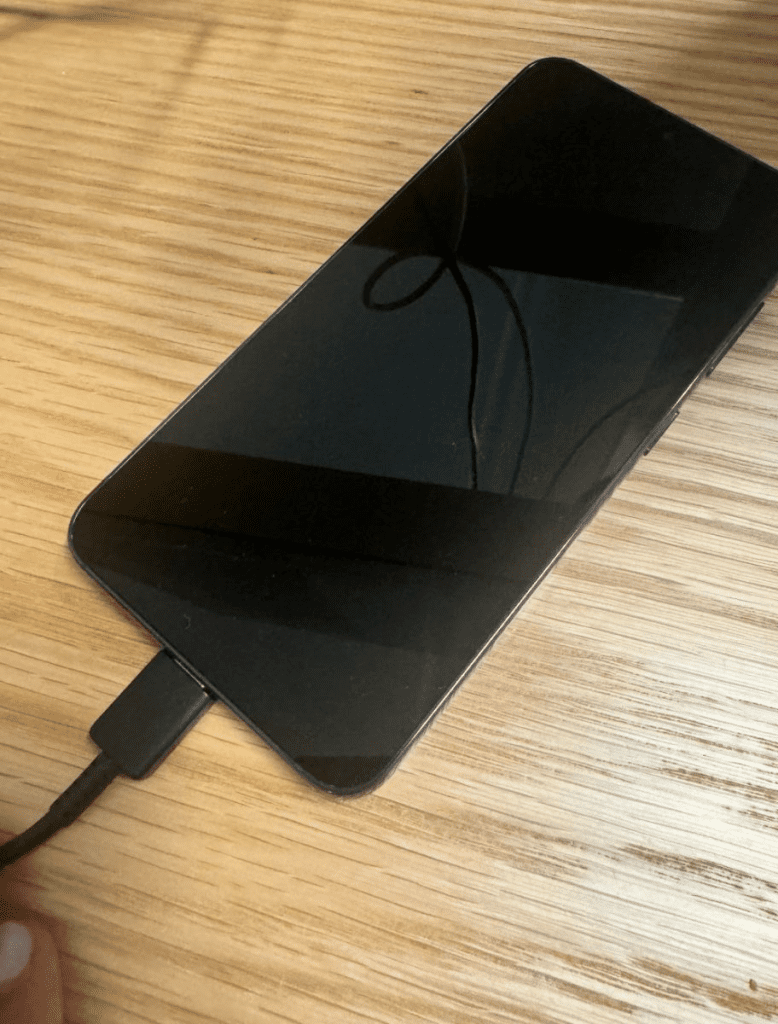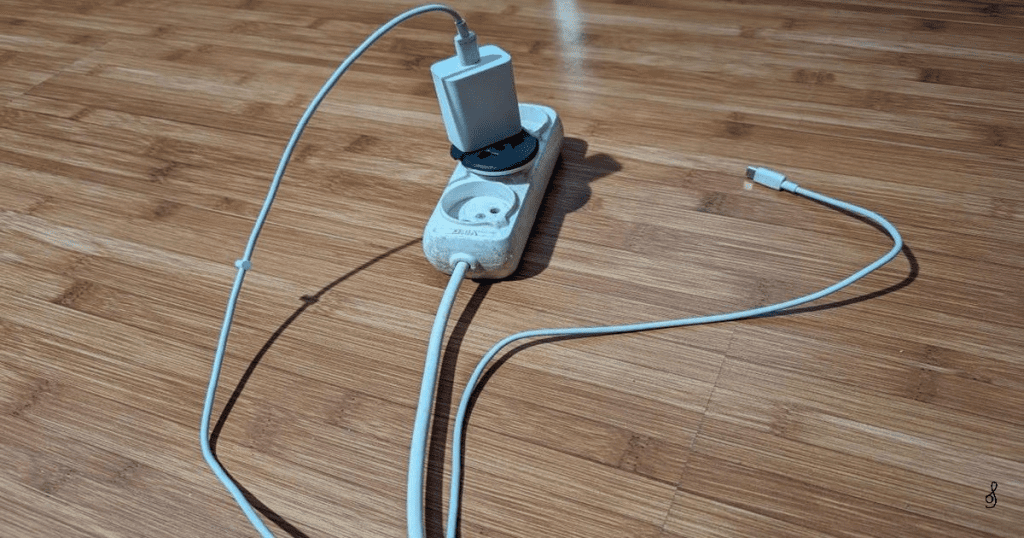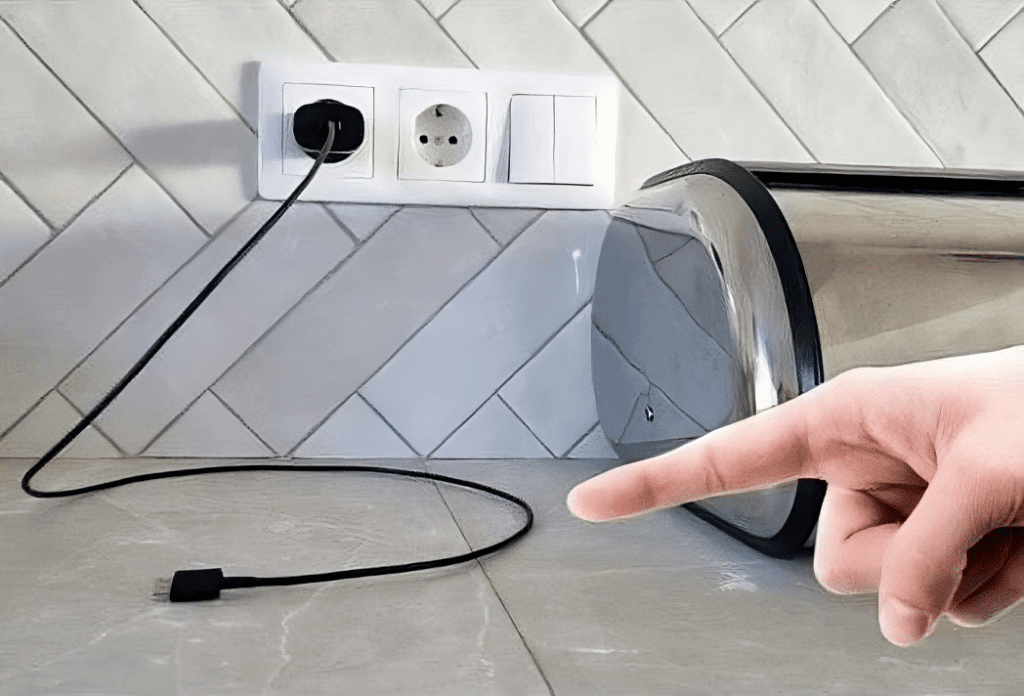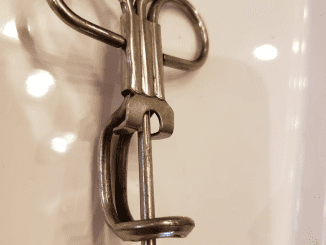In today’s fast-paced world, convenience often takes precedence over caution. How many times have you left your charger plugged into the outlet, ready for the next time you need a quick power boost for your phone? While it may seem harmless, leaving chargers plugged in without a device attached poses a range of risks. Recently, my electrician explained these dangers, and I realized just how much damage this habit could cause.
Let’s dive into why it’s essential to unplug your chargers when not in use and how this simple change can benefit you in more ways than one.

1. Fire Hazard: The Hidden Danger of Unplugged Chargers
One of the biggest risks associated with leaving chargers plugged in is the potential for a fire hazard. Many people don’t realize that even when no device is connected, a charger still draws a small amount of electricity. This phantom energy flow can lead to overheating, and in some cases, sparks or fire.
How Overheating Happens
When a charger remains plugged in, it can slowly heat up. Over time, this heat can build up, especially if the charger is tucked away in a poorly ventilated area or beneath flammable items. If there’s a defect or the charger is of low quality, the risk of a short circuit increases. A short circuit can create sparks, leading to fires, particularly if the charger is near paper or fabric.
Cheap Chargers Pose Higher Risks
My electrician emphasized that worn-out or unbranded chargers are especially dangerous. These chargers often lack the necessary safety features to prevent overheating. By unplugging chargers when they’re not in use, you reduce the chances of these hazards, keeping your home and loved ones safe.
2. Energy Waste: The Cost of Phantom Power
Leaving chargers plugged in without a device attached may seem like a trivial energy drain. However, this small amount of “phantom power” adds up over time, both in cost and environmental impact.
How Much Energy Does It Really Use?
While a single charger may draw minimal power, think about all the chargers, appliances, and devices you leave plugged in around your home. Energy experts estimate that these small devices account for 5-10% of total household electricity use. Over the course of a year, that can translate to a noticeable increase in your energy bills.
Environmental Consequences
Phantom power isn’t just an extra cost; it contributes to overall energy consumption, which places additional strain on the environment. By forming the habit of unplugging chargers when not in use, you’re not only saving money but also helping to reduce unnecessary energy waste—an easy step toward sustainable living.
3. Reduced Charger Lifespan: Why Unplugging Helps Extend Its Life
Every time a charger is plugged in, even without a device attached, small amounts of electricity flow through its components. This constant exposure to current can lead to wear and tear over time, shortening the charger’s lifespan.
Signs Your Charger is Wearing Out
- Warm to the Touch: If you notice your charger feels warm even when it’s not connected to a device, this is a sign that electricity is running through it. Over time, this stress damages internal components.
- Frayed or Exposed Wires: Chargers that remain plugged in tend to experience more wear at the cable’s connection points. Fraying and exposed wires are not only a safety hazard but also signs of a worn-out charger.
By unplugging your charger when not in use, you reduce its exposure to continuous current, which helps extend its life and saves you from having to replace it sooner.
4. Protection from Power Surges
Electrical surges can happen at any time, especially during storms or due to issues with your home’s electrical system. When a charger remains plugged in, it’s susceptible to these surges, even if it’s not connected to a device. Over time, surges can damage the charger, and the next time you plug in your device, it may not deliver a stable voltage, potentially harming your electronics.

How Surges Damage Chargers
Surges can overload the delicate circuitry inside a charger, rendering it less effective or even dangerous. The damaged charger may no longer regulate power efficiently, and the next time you connect a device, it could experience too much or too little voltage, leading to damage.
Using Surge Protectors
While some chargers come with built-in surge protection, it’s not always enough. Investing in a power strip with surge protection is a great way to protect multiple devices at once. However, unplugging chargers when not in use remains the best way to safeguard them from unexpected power surges.
5. Forming the Habit: A Simple Change That Makes a Difference
It’s easy to overlook the habit of unplugging chargers, especially when it seems like a small detail in our busy lives. But with just a few simple changes, you can create a safer, more energy-efficient home.

Tips to Help You Remember
- Set Reminders: Place a sticky note near your charging station or set a reminder on your phone to unplug your charger when you’re done.
- Use Power Strips: Consider using power strips with individual switches, allowing you to turn off multiple devices at once.
- Designate Charging Zones: By setting up specific areas in your home for charging, you’ll be more likely to remember to unplug chargers when you’re not using them.
Conclusion: Small Steps, Big Benefits
Leaving chargers plugged in may seem convenient, but it comes with hidden risks. From potential fire hazards and wasted energy to shortened charger lifespans and exposure to power surges, the drawbacks outweigh the small convenience. My electrician’s advice to always unplug chargers has changed my habits—and for the better.
Start making a simple change today. Unplugging chargers when they’re not in use is an easy habit to adopt, and it can save you money, protect your devices, and reduce unnecessary energy waste. Take control of your charging habits, and create a safer, more sustainable home. Why wait? Start unplugging and feel the difference for yourself.


